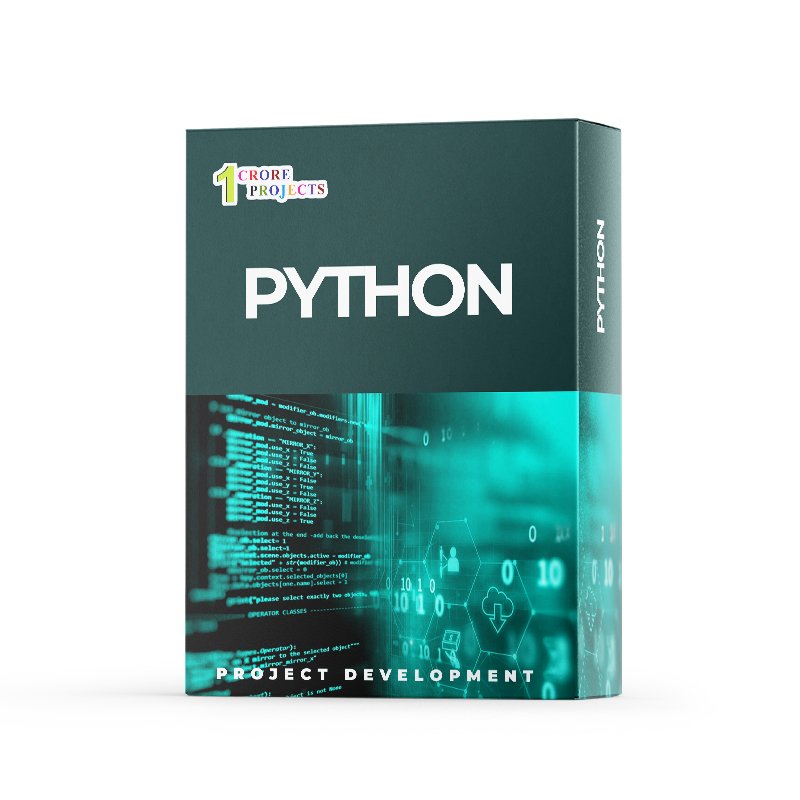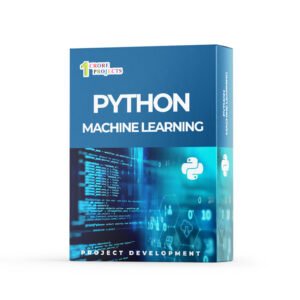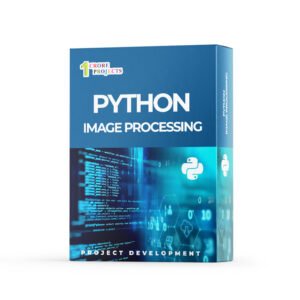Description
The Automatic Question and answer Generator is intended to generate new questions with answer from the text that are natural language, semantically accurate, and syntactically cohesive. In contrast to other natural language-generating tasks like summarization and paraphrasing, answers are crucial for questions. By simply copying or pasting one or more paragraphs, teachers can generate questions on their subjects. Python programs that work with data from natural human language can be written with a Natural language tool kit. This tool kit introduces text processing libraries containing functions for tokenization, parsing, lemmatization, chunking, POS tagging, and stemming. Text is used by many natural language processing techniques, such as topic modeling, to identify important information. After that, a list of questions is created based on the texts that were extracted as being significant or instructive. Different ways to question generating typically provide questions that are factual in nature, such as who, when, where, why, and what. A program for natural language processing aids in the understanding of language and spoken language by machines. The method breaks down the content into its component pieces, interprets the language’s meaning, chooses the relevant actions, and finally presents the content to the user in a language they can understand. This article described about the automatic question and answer generation by using NLP and Flask Framework. User given the any paragraph and then generate the automatic question and answer with that paragraph. To identify the answer, we adopt a keyword matching strategy along with matching simple structures extracted from both the question and the answer with the help of the traditional Information Retrieval (IR) techniques coupled with a sophisticated Natural Language Processing (NLP) approach.





Reviews
There are no reviews yet.